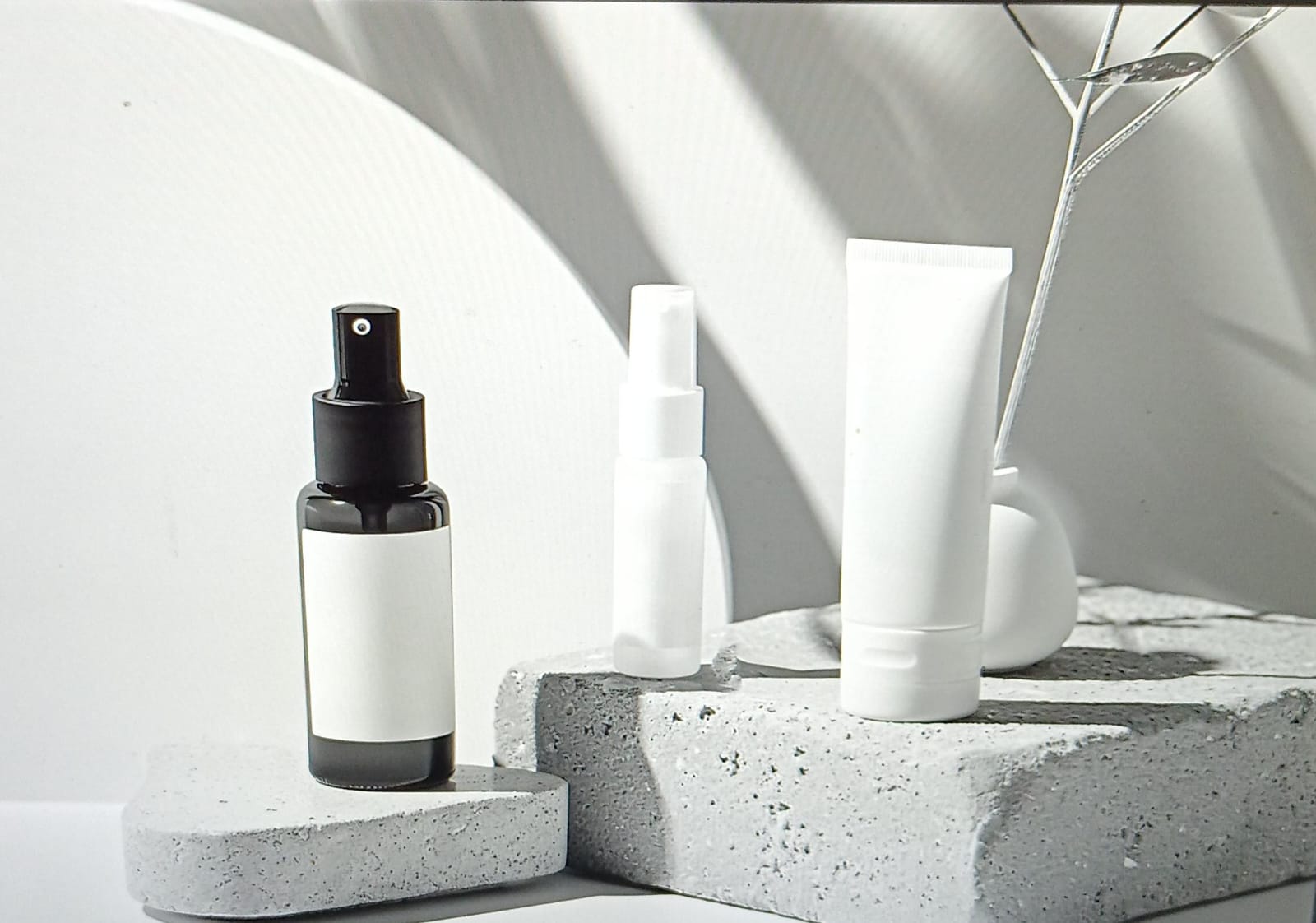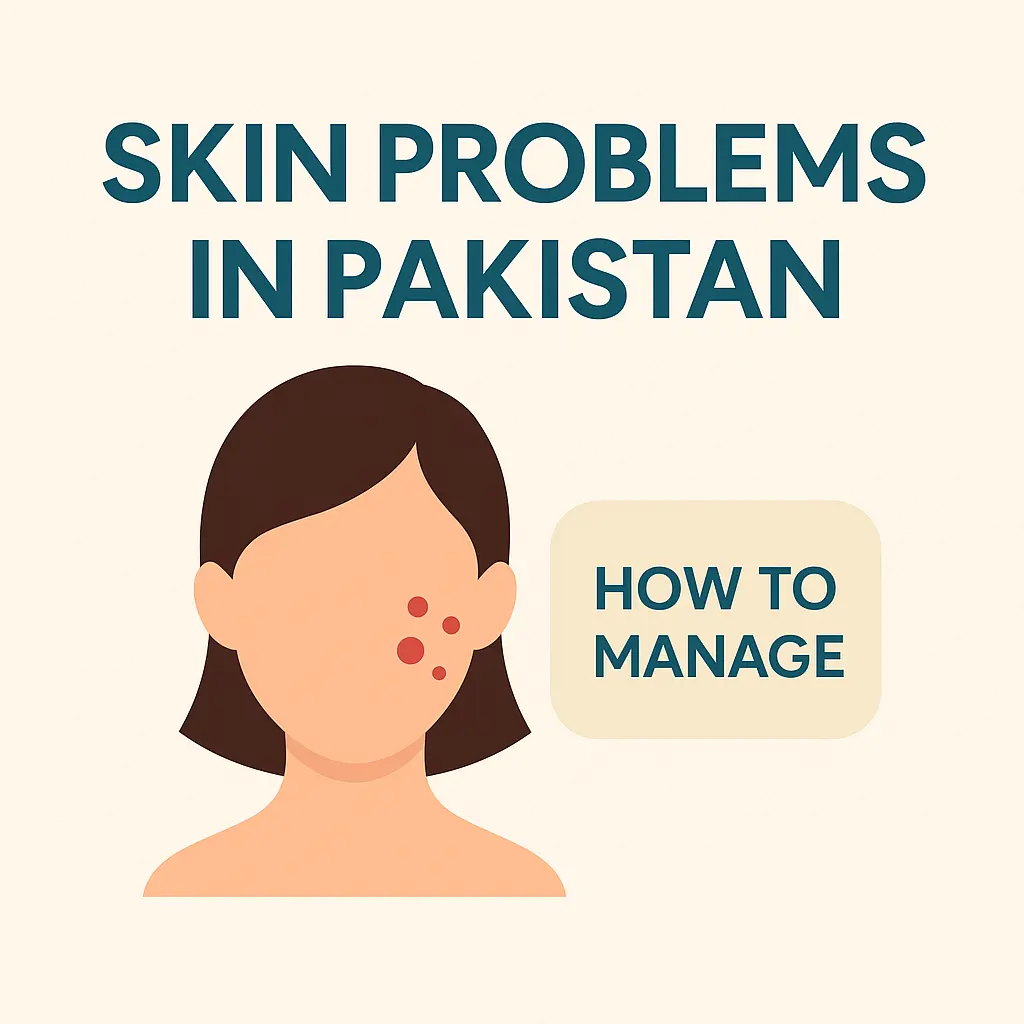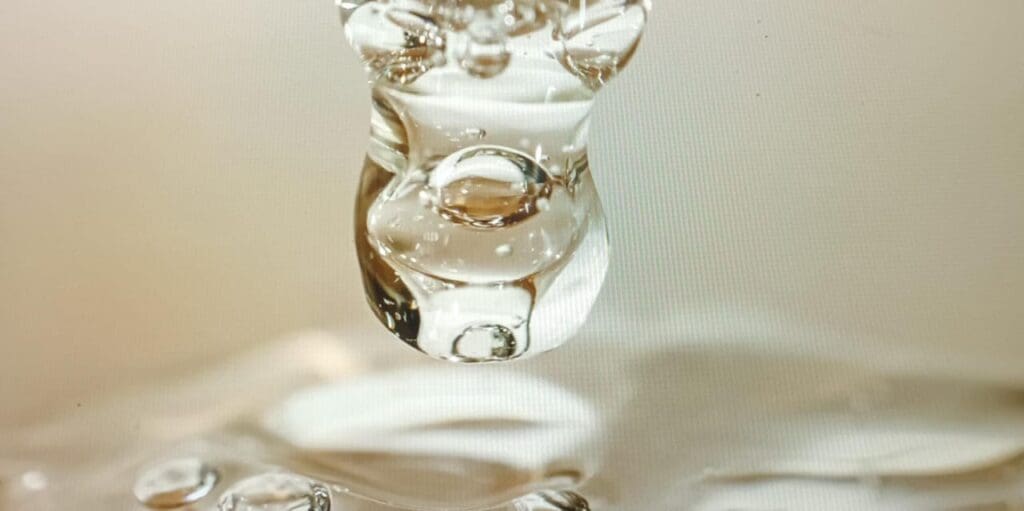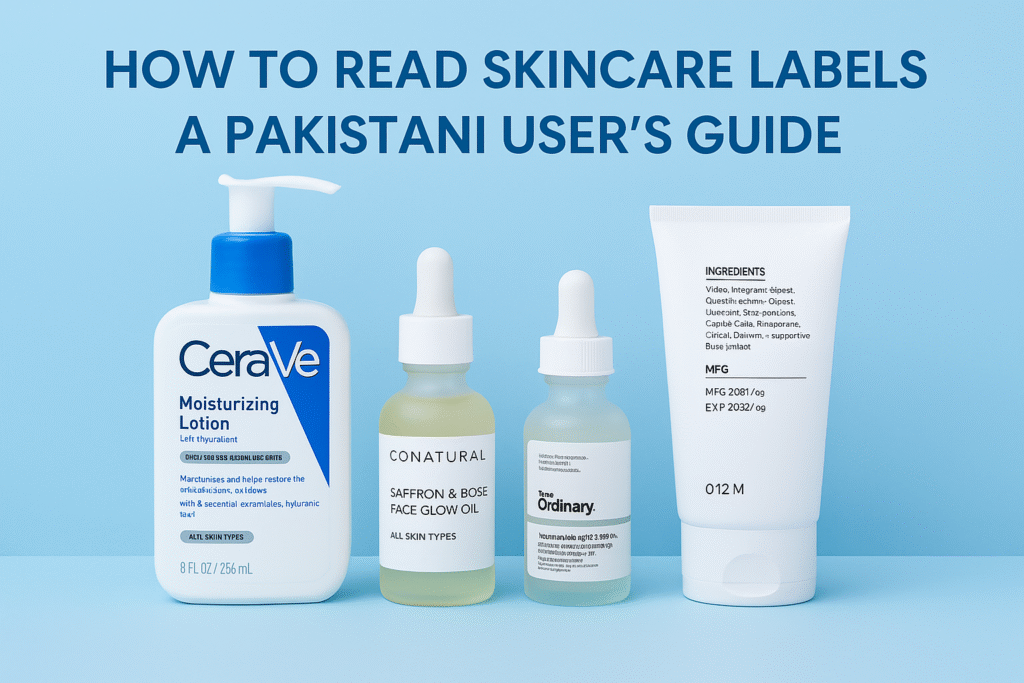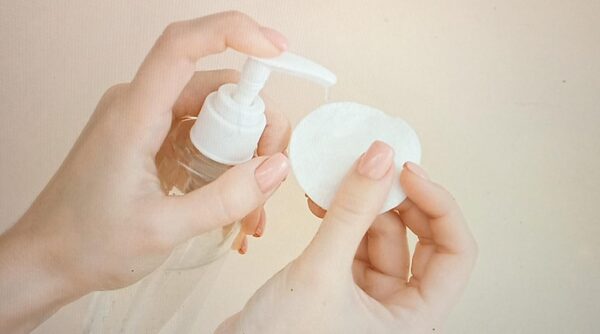
Common Face Washing Mistakes
Face washing is a cornerstone of any skincare routine, but it is easy to get wrong.
Every skin type whether sensitive, dry, oily, or acne-prone, requires a different approach to cleansing.
Missteps in your routine can lead to a range of skin issues, from dryness and irritation to unwanted breakouts.
In this section, we will dive into how to tailor your cleansing habits to your specific skin needs.
By choosing the right products, applying effective techniques, and avoiding common pitfalls, you can keep your skin healthy, vibrant, and glowing.
Let’s explore some most common face-washing mistakes and learn how to avoid them for a clearer, more radiant complexion.
1. Using the Wrong Facial Cleanser
Choosing a cleanser that does not suit your skin type can cause more harm than good.
For instance, a cleanser that is too harsh can strip the skin of its natural oils, leading to dryness, irritation, and increased sensitivity.
Conversely, using a cleanser that is too rich or hydrating can clog pores, especially if you have oily or acne-prone skin.
A harsh cleanser means that if your skin is experiencing burning or stinging after washing, and you feel that your skin is dry and tight, it is a sign that the cleanser you are using is too harsh for your skin.
How to Overcome It: Select a cleanser specifically designed for your skin type.
For dry skin, opt for a hydrating cleanser that will nourish and maintain your skin’s moisture barrier.
If you have oily or acne-prone skin, choose a foaming or gel cleanser with ingredients like salicylic acid or benzoyl peroxide to help control oil production and reduce inflammation.
2. Washing Your Face Too Often
While it might seem that washing your face more frequently would be beneficial, doing so can actually strip your skin of its essential natural oils.
This can disrupt your skin’s barrier, leading to dryness, irritation, and an overproduction of oil as your skin tries to compensate, potentially causing more breakouts.
How to Overcome It: Stick to washing your face no more than twice a day, once in the morning to remove any oil and bacteria accumulated overnight, and once in the evening to cleanse away dirt, oil, and makeup from the day.
If you have particularly dry or sensitive skin, you may find that cleansing once a day, preferably at night, is sufficient.
3. Not Washing Your Face Often Enough
On the flip side, not cleansing your face regularly can result in the buildup of dirt, oil, sweat, and makeup. This can clog pores, leading to breakouts and a dull complexion.
How to Overcome It: Make it a routine to wash your face twice a day.
Additionally, always cleanse your face after sweating heavily or wearing heavy makeup to prevent pores from becoming clogged and to keep your skin clear and healthy.
4. Using Water That is Too Hot or Cold
Water temperature plays a significant role in how well your skin is cleansed and how it feels afterward.
Hot water can strip the skin of its natural oils and cause irritation, while cold water might not effectively cleanse your pores or remove buildup.
Research indicates that hot water can be harsher on the skin compared to cold water, potentially damaging the skin barrier.
This is why the American Academy of Dermatology advises keeping showers brief, around 5-10 minutes, and using lukewarm rather than very hot water for cleansing.
How to Overcome It: Use lukewarm water to wash your face. It is the perfect balance to effectively cleanse without causing dryness or irritation.
Lukewarm water helps to open up pores slightly, allowing for a deeper clean while still being gentle on the skin.
5. Over-Exfoliating Your Skin
Exfoliating face washes, like those with glycolic acid or salicylic acid, are great for controlling oil and removing dead skin cells. However, leaving them on for longer than recommended or using them aggressively can damage your skin’s barrier, leading to irritation, dryness, or breakouts.
How to Overcome It: Follow the product instructions and don’t leave exfoliating face washes on longer than recommended.
If your skin feels irritated, switch to a milder version or reduce usage. If twice a day is too harsh, try cutting back to once a day or a few times a week, depending on how your skin responds.
6. Improper Makeup Removal
Leaving makeup on overnight or not removing it thoroughly can clog pores, leading to breakouts and preventing your skin from undergoing its natural repair process at night.
How to Overcome It: Always remove makeup with a gentle makeup remover or oil-based cleanser before washing your face.
Pay particular attention to areas like the eyes and around the nose where makeup can linger, and ensure that you’re removing all traces to keep skin clear.
7. Rubbing Your Face Too Hard
Aggressively scrubbing your face or using too much force when drying it can cause irritation, microtears, and damage to your skin’s protective barrier, leading to redness and sensitivity.
How to Overcome It: Be gentle when washing your face. Use your fingertips to softly massage the cleanser into your skin in circular motions, and gently pat your face dry with a soft, clean towel instead of rubbing it.
8. Skipping the Moisturizer Post-Cleansing
Not moisturizing after cleansing can leave your skin feeling dry and tight, particularly if you have dry or sensitive skin.
Cleansing, even with a gentle product, removes some of the skin’s natural oils and moisture.
How to Overcome It: Always follow up with a hydrating, non-comedogenic moisturizer immediately after cleansing, while your skin is still slightly damp.
This helps to lock in moisture and maintain the skin’s natural hydration barrier.
9. Using Dirty Towels
Using a towel that has not been washed frequently can introduce bacteria to your freshly cleansed face, leading to breakouts and infections.
Dirty towels can harbor bacteria, oil, and dead skin cells, all of which can compromise your skin’s health.
How to Overcome It: Use a clean, soft towel to pat your face dry, and make sure to wash towels regularly to keep them free from bacteria and other impurities.
Consider using a separate towel for your face to maintain cleanliness.
10. Neglecting to Adjust Your Routine for Your Skin Concerns
Using the same skincare routine regardless of changes in your skin or environment can lead to ineffective results.
Different skin concerns require different approaches, and factors like weather, stress, or diet can impact your skin’s needs.
How to Overcome It: Regularly assess your skin and adjust your routine as needed. For instance, if your skin feels dry or tight, consider switching to more hydrating products.
If you are experiencing more oiliness or breakouts, opt for products that help control oil production and clear pores.
Conclusion
In conclusion, mastering the art of face washing is essential for achieving and maintaining healthy, radiant skin.
By understanding your unique skin type and the specific needs that come with it, you can avoid mistakes that may lead to irritation, breakouts, or dryness.
Remember that the right cleanser, proper techniques, and a mindful approach to your skincare routine can make all the difference.
Embrace the journey to healthier skin, and let your newfound knowledge guide you towards achieving the glowing results you desire.
FAQs Frequently Asked Questions
Q.1 Should I wash my hands before washing my face?
Yes, always wash your hands before cleansing your face. Your hands come into contact with bacteria, dirt, and contaminants throughout the day, which can transfer to your skin. Washing your hands first ensures you’re not rubbing these impurities into your face, helping to keep your skin cleaner and reduce the risk of breakouts or irritation. Additionally, always use a clean washcloth if you are using one to cleanse your face.
Q.2 How often should I wash my face?
It is best to wash your face twice a day—once in the morning and once before bed. If you have dry or sensitive skin, washing once a day, preferably at night, may be enough.
Q.3 Can I use the same cleanser morning and night?
Yes, you can use the same cleanser for both, but consider a gentler one in the morning if your skin tends to be drier, and a deeper-cleansing option at night to remove dirt, oil, and makeup.
Q.4 Is it okay to wash my face with just water?
Water alone can not remove oil, dirt, and makeup effectively. It is essential to use a gentle cleanser that suits your skin type for a thorough cleanse.
Q.5 Can I use face wipes instead of washing my face?
Face wipes can be convenient for quick cleanses, but they shouldn’t replace regular washing. They may not fully remove dirt and can leave residue behind.
6. How can I avoid irritating my skin while washing?
Use lukewarm water, a gentle cleanser, and avoid scrubbing or using rough washcloths. Pat your face dry instead of rubbing it, and always follow up with a moisturizer to keep your skin hydrated.
Related: Side Effects of Retinol and How to Mitigate Them

Education: University of Peshawar
Ahmad holds a Master’s degree in Chemistry and has been writing about skincare for over five years. With a deep understanding of ingredients and their impact on the skin, he enjoys sharing practical, science-based skincare advice. When not writing, he loves playing with his kids.
